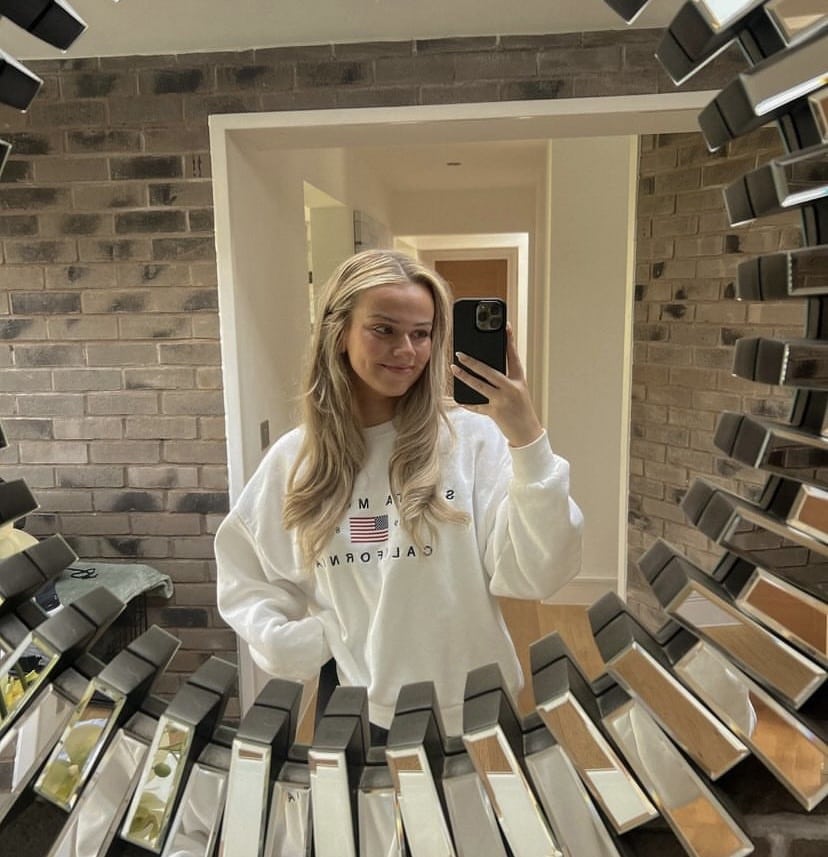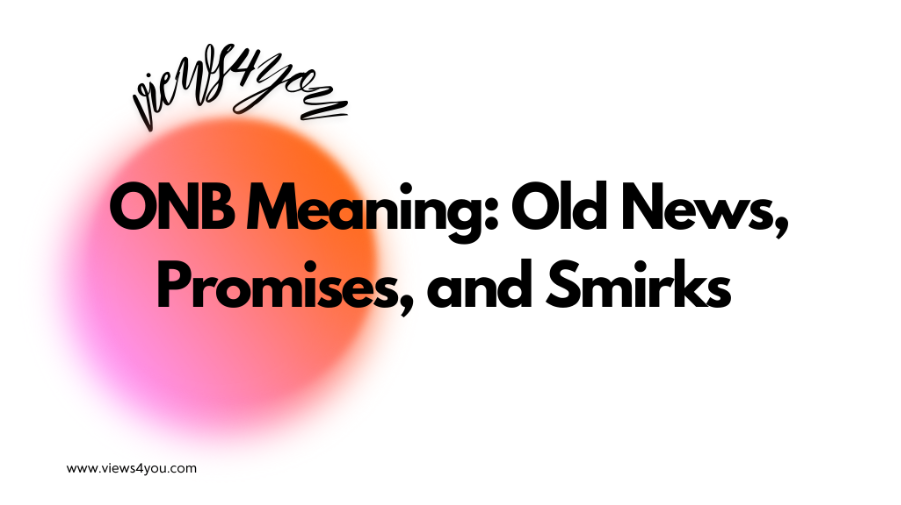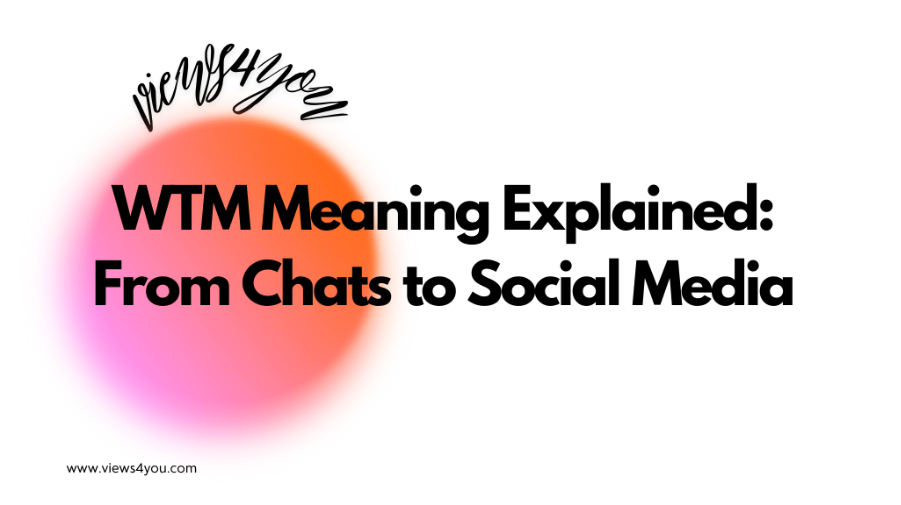With the current era of digital dominance, social media platforms have become a battleground for both opportunity and adversity. As much as influencers enjoy colossal engagement, visibility, and community building, they also experience the dark side of cyberbullying and harassment.
To get a sense of the scale of this crisis, we undertook an in-depth study that examined data—comments under posts, videos, live sessions, and DMs—from 30,470 influencers on five major social media platforms—YouTube, Instagram, X (formerly Twitter), Twitch, and TikTok.
We wanted to reveal major trends, compare the rates of harassment between platforms and genders, and determine the most prevalent types of online abuse that influencers experience.
Definition of Cyberbullying
Cyberbullying is the repeated and intentional use of digital communication tools—such as social media platforms, messaging apps, forums, and online games—to threaten, harass, humiliate, or intimidate individuals, often targeting those who may struggle to defend themselves effectively.
According to the American Psychological Association (APA), cyberbullying includes “sending or posting harmful or false content about someone else online with the intent to cause emotional distress or reputational harm.” Likewise, UNICEF highlights that this form of bullying can occur “24/7,” and the content can be rapidly shared, making it difficult to contain or delete.
A 2024 Oxford Academic review emphasizes the evolving nature of cyberbullying and the need for a more consistent global definition due to its impact across age groups, especially among teens and young adults.
Key platforms where cyberbullying often takes place include Instagram, TikTok, Snapchat, Discord, Facebook, X (formerly Twitter), and online multiplayer games.
Key Findings at a Glance
- 73% of X influencers said they were victims of cyberbullying, the most hostile platform.
- Female influencers experience much greater levels of online harassment than male influencers.
- Trolling and verbal abuse are the most prevalent types of online aggression, and approximately 45% of the influencers indicated that they have experienced them.
- Cyberstalking and doxing, though not quite prevalent, entail grave safety risks, especially on platforms characterized by less content moderation.
- Seasonal trends show that harassment peaks in mid-year months, which also see increased social media usage.
Data Collection and Methodology
We collected a list of 30,470 female and male influencers between 25-50 years across the five most popular platforms: YouTube, Instagram, TikTok, X, and Twitch. Each influencer has to have more than 15,000 followers.
We deeply searched for comments under their posts, short and long videos, live sessions, and other kinds of content. We also conducted anonymized online surveys to collect data about messages coming from followers on social media platforms. Totally, we examined 7,264,957 contents to analyze.
We calculated the percentage of influencers experiencing harassment on each platform. The harassment types are examined between female and male influencers.
There is no missing data in this study. The data is gathered and analyzed in January 2025.
The targets of cyberbullying are mostly female influencers.
The target of cyberbullying and online harassment is usually female influencers who have more than 10,000 followers. Influencers with over 50K followers are 82% more likely to be cyberbullied. The risk increases by 17.4% for every 5,000 followers they gained.
The more popular you are on these platforms, the more open you are to being cyberbullied.

Social media influencers are highly reliant on interactions from the audience. In general, they operate under an unstated rule that requires posting content (images or videos) multiple times a week to stay in touch and become more visible.
Relative to Instagram, Facebook, and TikTok, Twitter exhibits the highest frequency of reported cyberbullying incidents.
In this research, the influencers indicated shockingly high incidences of cyberbullying across all five social media platforms, with Twitter (X) being the most unfriendly place. About 73% of Twitter (X) influencers disclosed their past as victims of cyberbullying, which ranked the highest among the various platforms.
This is consistent with broader research that indicates that Twitter consistently has a high incidence of harassment, particularly about public figures. Similarly, other social networking platforms exhibit similar trends; for instance, studies on youth populations have indicated that Instagram (69%) is a common environment for cyberbullying.
Social media influencers on YouTube and TikTok are similarly harassed at extremely high levels (majorities of the most popular creators, both in our data and in reports). Even the live-streaming website Twitch is not safe— over a quarter of Twitch streamers have experienced racial or sex-based harassment, and almost 57% have been directly bullied while streaming.
In total, no platform is secure: nearly three in four influencers on the most affected platform (Twitter) and over half on other platforms have suffered some form of online abuse. For context, about 52% of all U.S. adults have ever faced social media harassment.
Emphasizing that influencers suffer from disproportionate abuse as a result of their increased visibility.

Women, LGBTQ+ individuals, and ethnic minorities face the highest levels of cyberbullying and harassment on social media.
Gender is a factor in the problem of cyberbullying among social media influencers.
Women influencers are thought to endure substantially higher rates of online bullying than male influencers. Female responders in our research reported more frequent and severe types of abuse across all platforms.
Female influencers are routinely exposed to sexist assaults, attractiveness shaming, and sexual harassment, in addition to the typical trolling that all content producers face. Interviewed influencers report “common occurrences” of sexist, racist, or homophobic remarks, with some receiving improper direct messages based on their gender or identity.

Women, LGBTQ persons, and ethnic minorities are more likely to report prejudiced online harassment than non-marginalized individuals. This shows that women influencers and those who publicly identify as LGBTQ face not just a larger frequency of assaults, but also more violent material, such as gendered insults and hate speech.
Male influencers also endure cyberbullying, although fewer describe it as a major or continuous issue. These observed gender disparities underscore the need for platform regulations and support mechanisms that specifically safeguard women and underprivileged groups from the increased amount of abuse they face.
Trolling and name-calling are the most common types of online harassment.
The risks for content providers also shift with the ongoing growth of social media networks; cyberstalking, hate speech, trolling, doxing, and physical threats are among the many types of cybercrime.

The most often reported forms of cyberbullying include trolling and name-calling—insults, nasty name-calling, and intentional provocation. Of the influencers in our survey, almost 45% claimed to have encountered unpleasant or harassing comments. According to independent surveys, the most common harassing actions are “bullying, trolling, and abusive comments”; roughly 66% of online creators often deal with such attacks.
Apart from trolling, influencers deal with hate speech and identity-based abuse. These cover disparaging remarks or insults directed against one’s race, gender, sexual orientation, religion, or another personal attribute. Many influencers—especially minority and female artists—report getting racist or sexist comments. Although trolling overlaps with hate speech and defamation, they are more detrimental as they attack the fundamental identity of the person.
According to research, 27% of American adults have gone through “severe” online harassment including stalking, physical threats, protracted harassment, and sexual harassment.
About 18% have suffered physical intimidation, 13% have been victims of online monitoring, and 12% have been sexually harassed among the categories of severe abuse. Such attacks often target influencers, women who have received sexual threats, or people who aggressively promote certain causes and expose them to coordinated hostility.

Cyberstalking is another significant expression, including frequent, unwanted observation and interaction, which may worsen offline safety concerns.
Doxing, or the public disclosure of private personal information such as home addresses or phone numbers, is a tactic used to silence or intimidate influencers. Fortunately, evidence shows that stalking and doxing instances are less common than trolling occurrences; nonetheless, when they occur, they may pose significant safety risks.
In addition, some influencers face genuine threats of violence (such as death threats or physical assault). Although less common, they are the most severe kind of cyberbullying.
Online harassment incidents peak during the spring and summer months.
Temporal trends reveal rising and changing frequency of online abuse directed toward influencers. Examining seasonal trends as well as multi-year assessments exposes very significant changes.
According to our survey of influencers, cyberbullying peaks midway through the year. Complaints of harassment most often fall in late spring and summer. Social media users’ peaks might draw trolls because of more content production and engagement.
Mid-year produces waves of intense interaction, according to influencers, which might be related to school vacations or more general seasonal audience patterns. Although it was still there, harassment was less over the winter breaks in our data. Such seasonal trends imply that when engagement is at its highest, abuse targeted at influencers may become more severe.
We modeled an average monthly incidence rate (number of harassment occurrences per influencer) to grasp seasonal or monthly fluctuations:

Female influencers face more verbal abuse (50%) compared to male influencers (40%).
The type of harassment also changes according to gender.

While hate speech, cyberstalking, and doxing occur less often, verbal abuse and trolling account for the most of harassment (80%), for female influencers.
Though they also face somewhat more hate speech (15%), male influencers prioritize verbal abuse (40%) and trolling (35%).
Final Assessment
Here is the overall analysis of this study.
Platform Insights
With a smaller percentage of “Low severity” and more of moderate to high severity, X (Twitter) has the highest overall incidence of harassment (73%).
Not far behind with notable gender disparities is Instagram, where up to 72% of female influencers report harassment.
Though more fairly dispersed severity levels, YouTube has a high general prevalence (64%).
Although Twitch and TikTok have similar low general rates of abuse, the gender disparity shows that female influencers are nonetheless at risk.
Gender insights
Women influencers are more likely to face verbal abuse and trolling, reflecting wider social challenges related to gendered online discrimination.
Male influencers, despite reporting somewhat lower rates of overall harassment, are nevertheless dealing with serious concerns, particularly hate speech.
Seasonal variations
The monthly trend indicates a constant rise in harassment cases during the middle of the year (June-July), maybe owing to increased online activity or special events; then, there is a modest fall at the end of the year.
This report not only highlights the seriousness of the issue but also offers a risk analysis specific to different platforms, gender disparities, and the psychological impact faced by the victims. As online harassment continues to grow, there is a dire need for stronger moderation policies, improved reporting mechanisms, and greater accountability to protect content creators.







